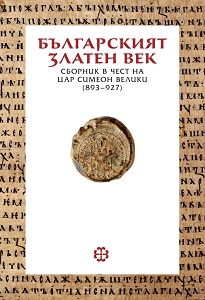
We kindly inform you that, as long as the subject affiliation of our 300.000+ articles is in progress, you might get unsufficient or no results on your third level or second level search. In this case, please broaden your search criteria.


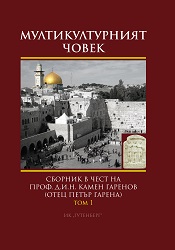
Several early Christian basilicas have been discovered in the region of Karlovo up to now: down the route to the Roman road Oescus-Philipopol at the Roman station Soubradice and the ancient settlement nearby the village of Hristo Danovo, on the lands of the ancient settlement nearby the village of Hristo Danovo, on the lands of the village of Voynyagovo, in the monastery complex of the Medieval stronghold Kopsis nearby the village Anevo. Another Christian church is located down the route of the Balkan Roman road from Serdica to the Black Sea on the lands of the village Iganovo nearby the late ancient settlement. On the lands of the village of Vasil Levski in a late ancient settlement an early Christian basilica - the only one in the region with baptistery and synthronon - has been studied. Religious building found had played a great role for Christianization of the local population, whereas it is suggested to be the Yoanica episcopate during VII-IX century
More...
Northern Bulgarian Black Sea coast was colonized by the ancient Greeks who created the colonies Odessos (Varna), Dionisopolis (Balchik), Bison (Kavarna) was Tirizis-Acre (Kaliakra). Following the imposition of Roman power in these lands here were disseminated the official Roman cults, and later - Christianity. In Late Antiquity (IV-VI c.) Christianity became the official religion and with agreements of the central government were created Episcopal centers. Despite the lack of written sources it could be assumed that these cities were becoming Episcopal centers in the province Secon Mizia.
More...
The present preliminary report concerns two churches (Nos 1 and 2) dating from the Middle Ages and located in the Hissarya locality by Dragoinovo village in the region of Purvomai. They are single-naved, single-apse churches with narthexes and entrances from the west. Church № 1 is part of a larger complex including another two Christian churches dated from the second half of the 10-th or the 11-th century, while church № 2 is dated from the 12-th - 13-th century.
More...
In the begining of the 16-th century, the German states were experiencing one of the unruly and problematic periods of their history. That was the time when these parts of Europe passed through a considerable social and political transformation. It was also then that the situation of the lower social strata deteriorated, which led to varied in type and scope discontent among the population naturally demanding most generally political and social reconstruction, as well as having a negative attitude attitude to the clergy. The negative attitude to the church quite naturally developed into a general desire for reform. German humanism itself "sank" more and more into the problem field of religious, theological and church issues. These were all nuances of the then existing German reality which will help us understand the later inception of the reform movement.
More...
The article follows the issue of the spiritual outlook of Europe in the context on the continental literary traditions, the role of the saintly brothers Cyril and Methodius and their disciples, of Prince Boris and Tsar Simeon, coming to the conclusion that, if we try to ask ourselves what is Europe today, what defines it most precisely is Graeco-Roman Antiquity, Christian culture and the three main alphabets - Latin, Greek and Cyrillic - by means of which our Old World has carried its heritage and memory through the centuries.
More...
This study summarises the author's way of finding the initial contents of the famous translated anthology of homilies by and excerpts from John Chrysostom. It was compiled by educated Bulgarian ruler, Tsar Simeon the Great (893-927) and was translated in the 9th century, after 893. The exceedingly apt title of 'Zlatostruj' (literary 'Golden Stream') is a symbolic expression of the blessed word of Chrysostom and the book surely has the objective to transform the unenlightened Bulgarian people by means of persuasion, not by force, as it was until 893. The initial translation features 45 homilies. This thesis is confirmed by two Vilnius copies of the 'Zlatostruj' from the Monastery of the Annunciation in Suprasl, currently located at the library of the Wroblewski Library of the Lithuanian Academy of Sciences in Vilnius, Lithuania.
More...
This paper discusses the Afterword of 907 added by Preslav monk Tudor Doks to the Four Orations against the Arians of St. Athanasius of Alexandria translated by Bishop Constantine and copied by him. The orations were translated and copied by order of Prince Simeon, who was probably a relative of the monastic writer. Tudor's Afterword, rich in cultural and historical evidence, is analysed in the discourse of the short Byzantine chronicles and Old Bulgarian epigraphic sources, the Nominalia of the Bulgarian Khans and the afterwords to the 10th century works from Preslav. It is concluded that Tudor's Afterword is a sort of chronicle of the creative works of the family of the princes Boris-Michael and Simeon which ruled Bulgaria. It is assume that the Afterword is written in the so-called family monastery of the rulers from Preslav, located in the direct proximity to the Round (Golden) Church.
More...
The Peresopnitsia Gospel (PG) is manuscript created in the second half of the 16th century in the contact zone of two traditions, the West and the East. The manuscript was made in a way that allowed it to be used by representatives of both the Roman and the Byzantine rites, which is evidenced by several type of textual breakups: liturgical, one approaching Byzantine lectionaries in the large chapters also continues the Latin tradition reflected in Gennady's Bible (GB) and other manuscripts related to it.
More...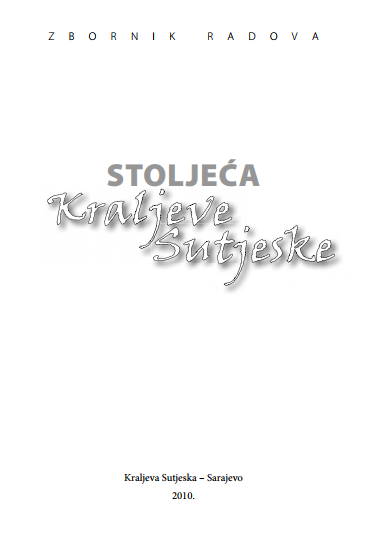
U radu se analiziraju jezične osobitosti bosaničnih pravnih dokumenata nastalih u “Sutisci” u 15. st., koje se danas čuvaju u Državnome arhivu u Dubrovniku. Jezična je analiza pokazala: - Naporednu upotrebu staroslavenskih i novih starobosanskih osobitosti, uz preovladavanje ovih drugih. - Staroslavenski oblici književnoga jezika ogledaju se u svojim obilježjima i pisarskoj maniri diplomatičke građe supostojeći sa starobosanskim tokom jezične evolucije na bosansko-humskom (hercegovačkom) tlu. U procesu izgradnje zajedničkoga književnoga srednjovjekovnog idioma sastavljenoga od elemenata dva sistema, staroslavenskoga i starobosanskoga, znatno sudjeluju bosansko-humski (hercegovački) pisari.
More...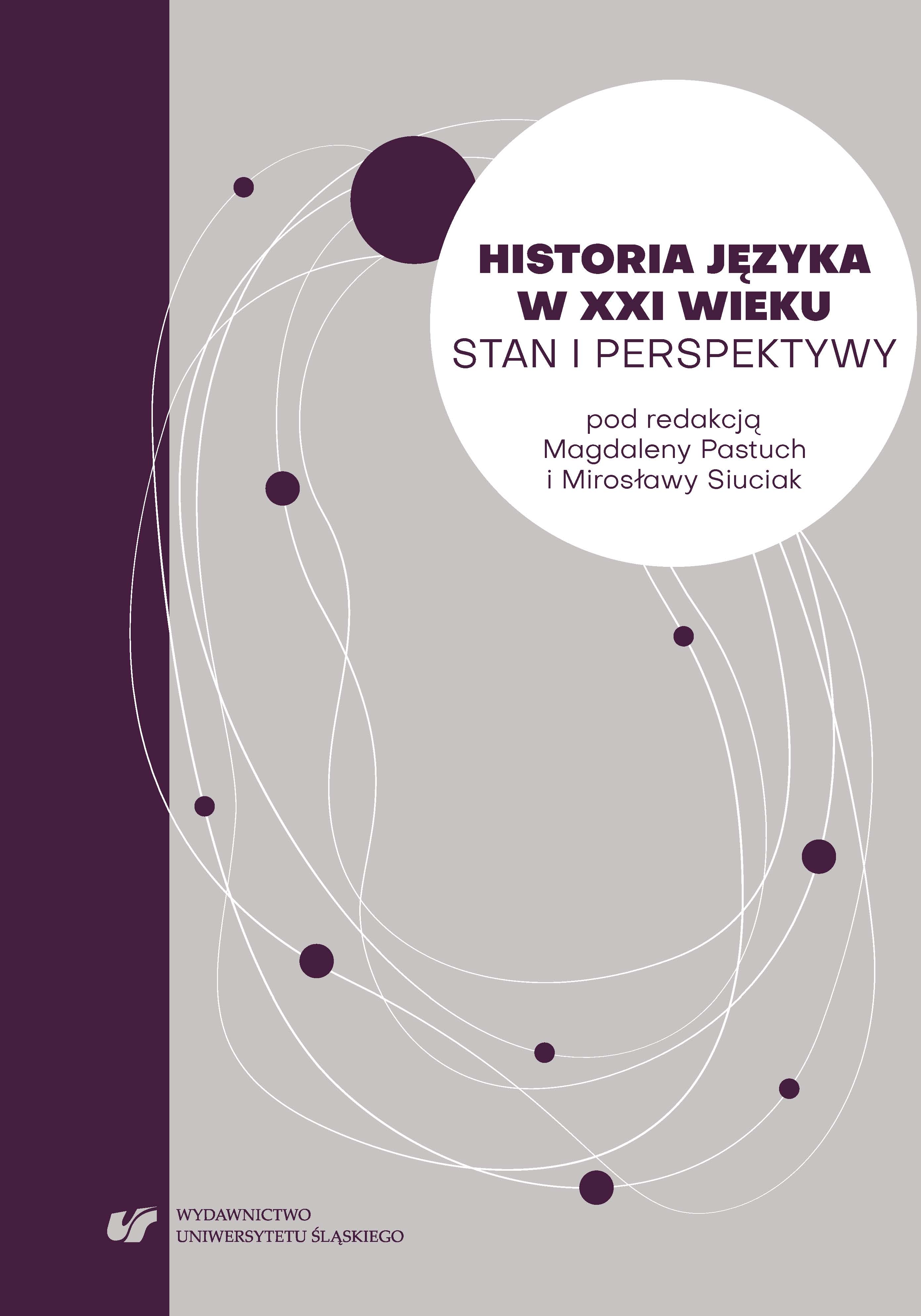
This paper treats on how the vocabulary of the ancient era of the written Polish has been analyzed. Its goals is showing the means available to a lexicographer carrying out research in the past century and pointing to the nowadays capabilities. Current technical measures make possible showing of an entire workspace of a researcher, what yields a possibility of verification of an analysis and taking up a discussion.
More...
The article presents the author’s book „Wyrażenia funkcyjne w średniowiecznej polszczyźnie z perspektywy składniowej” (Mika, Słoboda, 2015). This monograph is a syntactic addendum to the lexical research carried out as a part of the project “Polish functional expressions in diachronic perspective”. The problems discussed in this book are not homogeneous. Their different types are described in the subsequent chapters: at first the authors remind basic methodological difficulties in description of functional expressions, especially those appearing when you want to consider functional expressions in terms of syntax, not lexis. Then, there are indicated the problems with medieval source material and related interpretation difficulties. In the next part of the book the authors suggest their own methodology: the tendencies identified in „Składnia średniowiecznej polszczyzny” (Krążyńska, Mika, Słoboda, 2015) determine the direction of the interpretation of the processes, which functional expressions are subordinated to and participate in. These tendencies are: 1. Analytic tendency (from holism to analytism); 2. The tendency to autonomize the language (the disconnection of language and reality); 3. The categorization (from lexical to categorial semantics expressed in a specific form); 4. The structurization (from apposition to syntactic structures); 5. The condensation of content (from a very pure content of syntactic units to the cumulation of content in syntactic units). The authors interpret selected linguistic processes in reference to these tendencies. The processes include inter alia: the coexistence of casual and prepositional forms, and the occurence of original particles as appositions of conjunctive function (which indicates analytical tendency); the introduction of elements expressing relation between events, and metatext elements (being, in the authors opinion, the symptom of autonomization); the process of transforming particles into connection indicators, leading to multifunctionality of conjunctions; the process of transforming object-related expressions into determinants of communicative intention (both processes are typical examples of formal categorization); the process of shaping of new categorial meanings of prepositional phrases, leading i.a. to the occurence of case government of verbs (being the effect of renewal of the categorial semantics): the process of shaping of correlated connection indicators and reported speech (seen these processes as the symptoms of structurization); the development of hypotaxis, being the symptom of the tendency to condensation of the content.
More...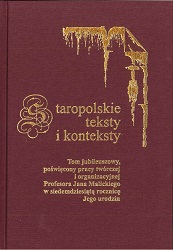
“Bogurodzica” has for centuries constituted one of the pillars of Polish culture. As the oldest religious song written in Polish, it designates avenues of interpretation of the medieval aesthetics both in literature and musicology. Moreover, its influence on society and the emergence of national identity cannot be overstated. Due to this monumental, sacrosanct nature, „Bogurodzica” has become an exhibit in the museum of medieval imagery. However, a song, even one which remains a symbol of the past, is always subject to revision during its performance. Thanks to its musical interpretation and reinterpretation, „Bogurodzica” can be read anew and made relevant, while those interpretations reveal hidden discourses. The following article aims at analyzing selected contemporary performances of the literary and musical relic, ruminating on its role in contemporary popular culture and the perception of the Middle Ages suggested by those performances.
More...

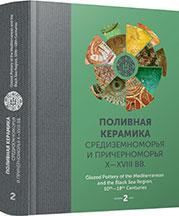
Medieval ceramics from Paterna and Manises were highly prized and very widely traded in the Mediterranean and Atlantic Europe during the Middle Ages. Although a decline in their presence can be observed in the sixteenth and seventeenth centuries due to the boom in Italian majolica, they continued to be distributed, despite the fact that they now represented old-fashioned styles and tastes. The eighteenth century saw the beginnings of a certain commercial recovery, thanks to tiles from the factories in the city of Valencia. The Royal Factory at Alcora (Castellón), in the north of the Valencian region, played an important part in this revival of taste, and its products came to be widely distributed throughout the Spanish-speaking world. This study presents a general overview of the commercial distribution of Valencian ceramics between the sixteenth and eighteenth centuries based on archaeological and historical evidence.
More...
This study consists of initial observations made upon Byzantine, Seljuk, Begliks and Ottoman pottery finds from the Aphrodisias excavations since 2013. Chronology of the pottery finds uncovered in the North Avenue, South Agora, Hadrianic Baths, Theatre and Temple of Aphrodite will be presented briefly. To resolve the contexts in which the potteries belong to, the emphasis is on the history of the city and political events that could have potentially caused considerable changes to the economy. By establishing analogies and considering the chronology of the city, an attempt is made herein to put the pottery finds into their possible contexts.Through the end of the 9th century in Aphrodisias, a sudden rise in the quantity of Byzantine potteries is observed. The city was in commercially connected to Constantinople and centers such as the Adriatic Coasts or Corinth. Pieces of Fine Sgrafitto Ware, Green and Brown Painted Ware and Slip Painted Ware produced from the middle of the 12th century and the beginning of the 13th century have been found in many areas of the city. Very few pottery finds belonging to the Seljuk period have been uncovered. In Aphrodisias, glazed pottery production probably started during the Byzantine or Begliks period.There was a period of growth in Aphrodisias from the first quarter of 15th century to the mid 16th century. In excavated areas, a large number of pottery finds have been found. With the change of commercial routes in the 17th century, the city was increasingly reduced into a rural settlement and has subsisted to the present day.
More...
The article offers an analysis of main stages in development of glazed ceramics of Uzbekistan: Samanid, Karakhanid and Timurid periods, the period of the late medieval Uzbek Khanates and the modern period. The author characterizes local ceramic schools and centers and reveals traditional elements in development of pottery. She discusses reasons behind the spread of glazed ceramics during the first centuries of Islam. Its further specific development is explained within the context of social-historical development of the region.The ceramic industry of Uzbekistan is shown as a vibrant and dynamic process, which has maintained sustainable archetypical features through time. These include: conventional pattern, contrast colors, basic repertory of decoration: floral motifs, stylized images of animals and birds, simplistic geometric ornamentation.
More...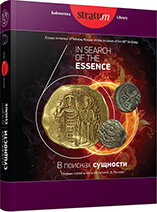
A collection of late medieval and early Renaissance finds stored in the museum of Dulovo; the items were found south-east of Okorsh village, Dulovo municipality, Silistra region. Out there, in the area called „Beiska mahala”, a big Ottoman-time settlement was found, which is possibly the original source of the finds, which include 36 pafta clasps discussed in the article.According to the numismatic information and the dating of the other finds, the settlement can be dated within the 17th and the first half of the 19th century. According to an Ottoman census of 1676, a village called Abdarrahman seems to be listed in Silistra kaza.The pafta clasps from the collection of Dulovo museum can be divided into 5 types, with their own subtypes. The first type includes small round, cup-shaped pafta clasps, without ornament. Most of the clasps have granular trimming on the periphery, always with a small sharp widening. There are no analogues from closed archaeological sites dated within the period from the 10th to the 14th century. Surely, the dated finds from Niculitel and Silistra are dated within the 17th — the 18th centuries. The second type are round, cup-shaped pafta clasps with a stylized rosette in the center. This type has three subtypes. Most of the clasps are with granular trimming on the periphery, with a small sharp widening. Surely, dated finds from necropolis in Romania are from the period of the 17th—18th centuries. The third type are cup-shaped pafta clasps with radial ornament. This type is a stylized variant of the pafta clasps with a rosette in the center. There are no finds dated within the 10th—16th centuries. The finds from the graves around the church in Arnautkoy village (Poroishte, Bulgaria) are dated within the 17th—18th centuries. The fourth type are shield-like paftas, divided in five subtypes. According to the analogies from surely dated archaeological sites — the church in Arnautkoy and Corinth, we can assume that this type is dated within 18th century. Subtype IVa is dated later — by the first half of the 19th century. The fifth type are leaf-shaped pafta clasps. According to their form, we can add to this type two belt applications with a shape of pafta clasps. According to some analogies from Isakcha, we can date them back in 18th—19th century. According to the surely dated finds, we came to the conclusion that until 16th century the pafta clasps are unknown type of jewelry. The first appearance of pafta clasps on the Balkans and in Bulgaria can be dated by the beginning or the mid of the 17th century. One way for their appearance in this area could be transfer of traditions from Asia Minor, due to relocation of hundreds of Alevi (Shiite) villages in 16th—17th centuries in Eastern Bulgaria.
More...